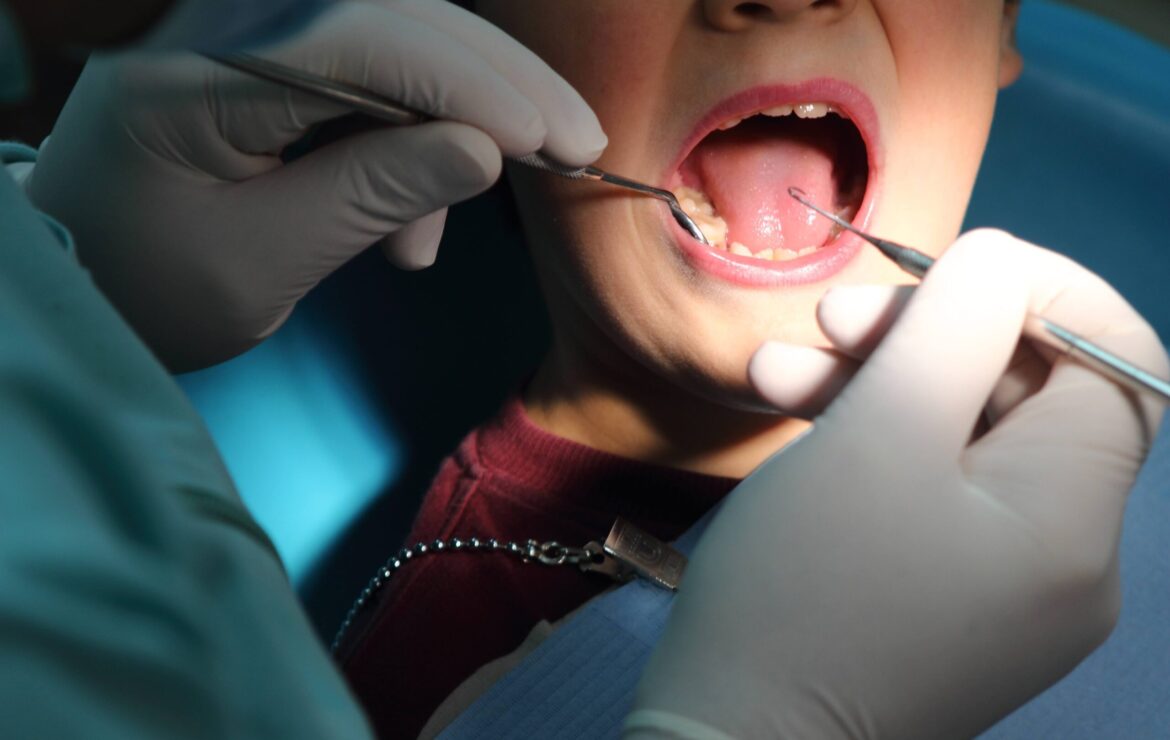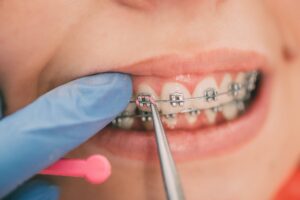Eruption of your child's teeth

Eruption of your child's teeth
For the majority of kids, the eruption of primary teeth, commonly referred to as deciduous or baby teeth, occurs along a similar developmental path. During the fourth month of pregnancy, the entire set of primary teeth starts to erupt from beneath the gums. A healthy prenatal diet is therefore crucial for the development of the baby's teeth, gums, and bones.
Between the ages of six months and a year, the first main tooth often erupts through the gums. Most youngsters have a "full" set of twenty main teeth by the time they are three years old.
Around six months after the first tooth erupts, the American Dental Association (ADA) advises parents to schedule a "well-baby" appointment with a pediatric dentist.
Pediatric dentists discuss prevention techniques with parents and kids, highlighting the value of a good "no tears" daily home care regimen.Despite being deciduous, primary teeth aid in chewing, speech production, healthy jaw development, and adult tooth alignment and spacing. In order to prevent painful tooth decay, early tooth loss, malnutrition, and childhood periodontal disease, primary teeth must be adequately cared for.
In what sequence do the main teeth erupt?
The central incisors, which are the very front teeth on both the lower and upper jaws, usually erupt early (6–12 months). To lessen the chance of bacterial illness, you can gently clean them (and any other main teeth) using a soft, clean cloth. The first teeth to fall out are the central incisors, which typically happen between the ages of 6 and 7.
Then, in the upper and lower jaws (9–16 months), the lateral incisors (located right next to the central incisors) appear. The following teeth are lost, often between the ages of 7 and 8.
The broad, flat teeth in the back of the mouth known as first molars then begin to erupt on both the upper and lower jaws (13–19 months).
Molar eruptions can be uncomfortable. To relieve pain and soreness, try using clean fingers, cool gauze, or teething rings. In most cases, first molars fall out between the ages of 9 and 11.
Then (16–23 months), the canine (cuspid) teeth usually start to erupt on both the upper and lower jaws. Located adjacent to the lateral incisors, canines are lost between the ages of 10 and 12 during preadolescence.
The primary set on the lower and upper jaws is finally completed by the second molars (23–33 months).
The very last teeth in the mouth, or second molars, fall out between the ages of 10 and 12.
What else do we understand about baby teeth?
Although every child is different, girls typically emerge with their first teeth before boys. In both sexes, opposing upper teeth often erupt before the lower teeth.Since teeth often erupt in pairs, there may be months with no new activity and months with multiple teeth erupting simultaneously.
Primary teeth are smaller than permanent teeth and have a lighter tone because of the reduced size of the jaw. Finally, the majority of school-age youngsters often have an unusual combination of primary and permanent teeth.








